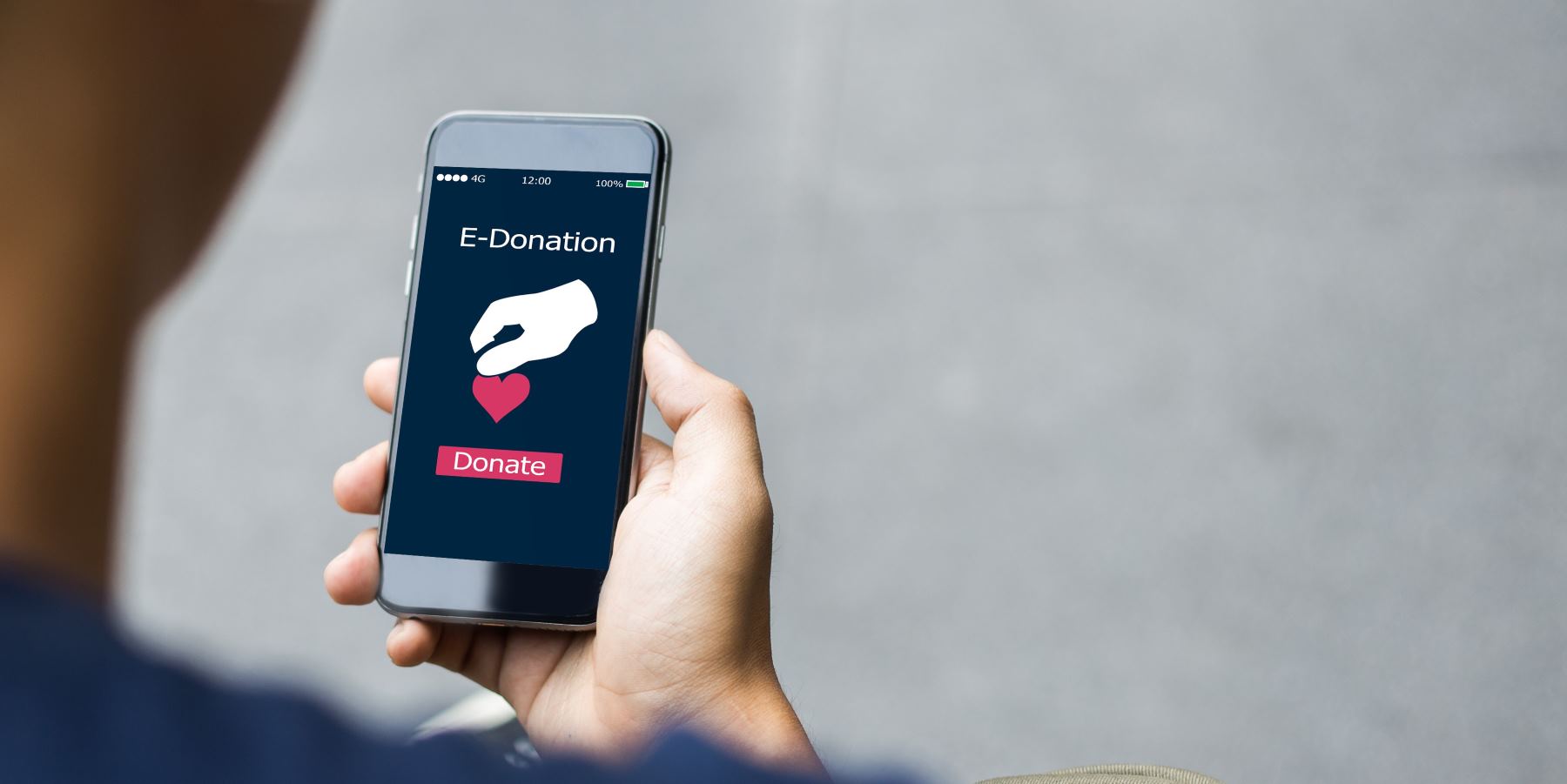
By establishing personal relationships with your donors, you establish a solid foundation for a greater partnership to bloom. Whether it leads them to your donor club or a planned gift, strong relationships will result in greater success and longevity for your organization. I’ve listed four tips below that will help you cultivate a personal relationship with your donors easily, no matter their gift size, and make them into ambassadors for your cause.
Remember to Say Thank You
You just received a $1 gift (yes this has happened), do you thank them? Yes. Acknowledge every donation. When you say, “Your $1 gift means so much to our organization,” it could be perceived as pandering. Tweak it a bit and say, “Thank you for your interest and support as we strive to achieve our goals.” Then, a low-dollar thank you turns into an opportunity for you to communicate to your donor appreciation for their support. You never know, a $1 gift might grow to $50, $100, $1000, and on to a planned gift of $10,000. Taking the time to properly thank people pays off. If not with larger gifts, then with great stories about how your work has impacted their lives or given them hope.
Depending on your organization's size and capacity, I’ve listed some basic donor thank-you protocols:
- $1-$999: thank you note
- $1000-$4,999: thank you note + phone call from the director of operations
- $5,000-$9,999: thank you note + phone call from major gifts officer or director of development
- $10,000 and above: handwritten thank you note + phone call from the director of development or executive director
Meet in Person
When you’re traveling throughout the year to meet with foundation and high-dollar prospects, schedule time to meet with your current donors as well. Run your house file through a donor wealth screen to help narrow the list of donors you should try to meet with on your next trip. Similar to when you mail to prospects and ask for a meeting, a current donor may not reply or want to meet with you. Don’t be discouraged. Take note and keep trying. Eventually, a donor will appreciate your effort and want to meet with you. Mail your meeting requests six to eight weeks in advance. Then, four weeks before your trip, follow up with an email and a phone call. Ask if they’ve received the letter, and when is a good time to meet. During the meeting be sure to take mental notes of different things discussed. Record talking points in your database so that when you follow up with them, you’re prepared to continue the conversation.
Remember to be clear on these two points:
- Why you’re meeting with them. Yes, you want to build a relationship and ask for their feedback, but you also need their financial support, so don’t skirt around the issue.
- Do not overextend yourself and make promises you can’t keep. If during your meeting the donor suggests you create a program that sends students to the moon, be honest and say no. You can tenderly state that you value their support and are not prepared to take on such an endeavor at this time.
Send Regular House-File Mailings
Communicating with your donors by sending regular letters will remind them that you are still living, breathing, and making a difference. Instead of being some stranger that always asks for money, you become more like a fellow freedom fighter, education advocate, or church leader. At the very least, you should send four mailings a year: two solicitations and two non-solicitation letters with updates and stories about your work. Every letter should illustrate your successes and the next battle you are fighting to win. It shows the ways their support makes a difference, and why their contributions are needed and relevant.
Here are 4 key elements of a good direct mail package, and if you're shopping around for a direct mail vendor make sure you don't fall for a company that will take advantage of you with empty promises and confusing contracts.
Organize Meet and Greets
Take advantage of planned events that your organization already has in place, as they can easily adapt into opportunities to invite and meet current donors. If you regularly hold seminars or a speaker series as part of your programs, encourage current donors to attend. Following the event, invite your donor club and planned giving members to attend an exclusive cocktail hour to meet and greet program directors, the development team, organization executives, and board members. Special events show high-dollar donors that they are appreciated and part of the organization. It also humanizes the organization and the work you’re doing, which is rejuvenating both for the donor and your team. Here are 7 simple steps to raise more money at your next event.
About the Author
 As a partner at AmPhil, Matt Gerken focuses on overall development strategy, audits and assessments, and fundraising services. He has a particular interest in donor advisory services, mid-level giving strategies, planned giving, and leveraging and interpreting data to maximize the efficiency and intelligence of his client’s operations.
As a partner at AmPhil, Matt Gerken focuses on overall development strategy, audits and assessments, and fundraising services. He has a particular interest in donor advisory services, mid-level giving strategies, planned giving, and leveraging and interpreting data to maximize the efficiency and intelligence of his client’s operations.
Matt began his career with Teach for America, teaching world history to sophomores in south Texas—still the hardest job he ever had. He also worked as a program director at the Intercollegiate Studies Institute. Matt studied intellectual history at Yale and resides in the Chicago area with his wife, three sons, and one daughter. He enjoys dodging angry Chicago drivers as he bikes to work, reading history and poetry, and amateur astronomy. Connect with Matt on LinkedIn here or contact him anytime at mgerken@amphil.com.
.png)

